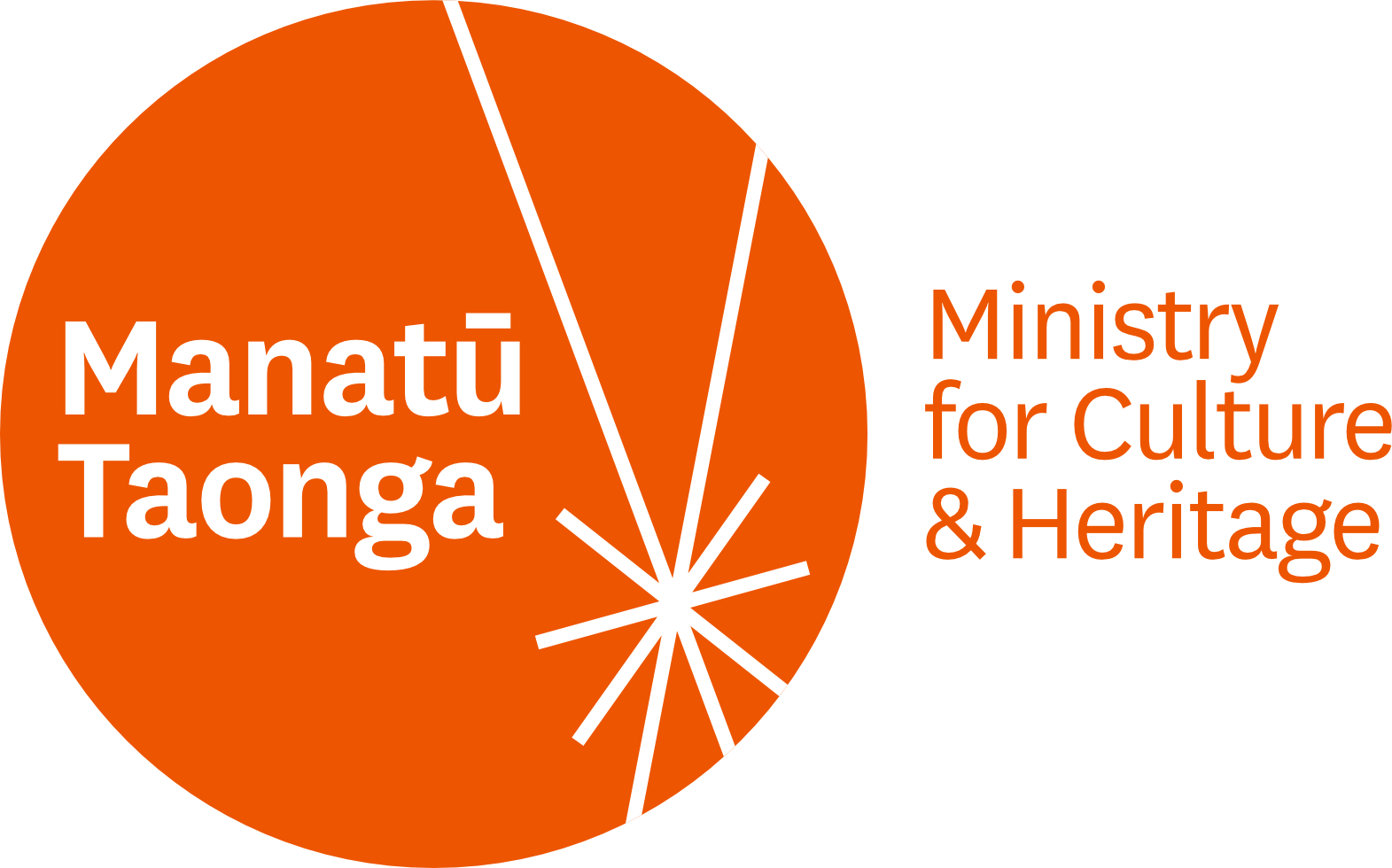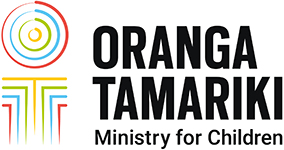Future of cultural sector future on conference agenda
MEDIA RELEASE: Museums Aotearoa
18 May 2016
Forget matching museum programmes to the school curriculum and focus instead on inspiring curiosity in kids and teaching critical thinking. That’s one of the ideas from a keynote speaker at this week’s MA16 Museums Australasia Conference in Auckland.
Museums Aotearoa Executive Director Phillipa Tocker says MA16 – the first joint conference with Museums Australia – has brought together experts from around the world to share ideas about what is working well in the cultural sector and to tackle the challenges that lie ahead.
“To collect, preserve and protect will always be at the core of what we do but the way we make our content available and the way we interact with our communities is evolving all the time,” she says.
Community involvement
Advances in technology continue to be adopted to create new and exciting experiences in museums and galleries. However, Tocker says, personal interactions and community involvement in exhibitions have been at the centre of some of the most innovative recent programmes.
“We have seen some very original and successful public programmes in the past year that have centred on a hands-on, community-driven approach where the museum or gallery is inviting the public in as a co-curator and asking people to bring their own ideas to the space,” Tocker says.
MA16 keynote speaker Elizabeth Merritt, founding director of American Association of Museums programme and Center for the Future of Museums, says the future of the sector should be about building on its strengths, and examining and challenging traditional thinking that may no longer be relevant.
Curiosity, critical thinking and collaboration
For example, Merritt says, museums are very good at “informal learning”, which teaches the sorts of skills that are increasingly recognised as vital for our future workforce, such as curiosity, critical thinking and how to work collaboratively.
“Constraints of funding and politics and tradition, and a focus on tests and facts, make it hard for schools to teach these skills but museums can knock it out of the park,” Merritt says.
For that reason, museums shouldn’t get too caught up on matching their school programmes to the national curriculum. Instead, they should use their content and collections to get kids curious, encourage them to ask questions and “learn how to learn”.
Funding a critical issue
A challenge likely to be debated at MA16 is looming cuts to funding in a sector already operating with typically tight budgets. A decline in revenue for the New Zealand Lottery Grants Board means Creative New Zealand will have less to share with the sector and it has warned applicants to budget for a 10% drop in funding.
“Funding is a critical issue right now,” Tocker says. “Museums and galleries in this country rely to a huge extent on lotteries grants, philanthropic funding, and all those other sorts of funding that are not public core government funding.”
Tocker says the nature of funding in New Zealand makes it very hard to plan.
“It’s a huge challenge when the funding is not constant or reliable and when it’s dependent on things like Lotteries’ income where the drivers for that are completely outside the cultural sector.”
Despite the tight budgets Tocker says New Zealand can be very proud of the quality of the exhibitions and programmes on offer around the country. The best of the best will be announced at this year’s New Zealand Museum Awards later this week.
MA16, the Museums Australasia 2016 conference, is running in Auckland from 16-18 May. It is the first joint conference of Museums Aotearoa and Museums Australia and the theme is Facing the Future: Local, Global and Pacific Possibilities.
LATEST POSTS
- Fellowship supports a Deaf or disabled artist
- Investment in creative spaces pays dividends in health and social outcomes
- Festival's biggest access and inclusion programme
- Arts Access Aotearoa announces Fellowships 2023 recipients
- Arts Access Aotearoa calls for applications to its Fellowships 2023
- Audio description at PolyFilms Marathon




